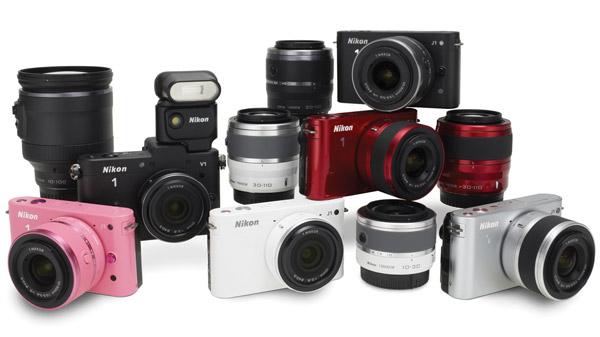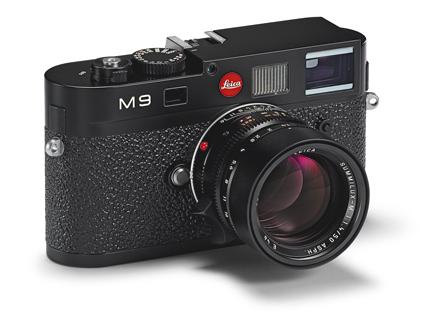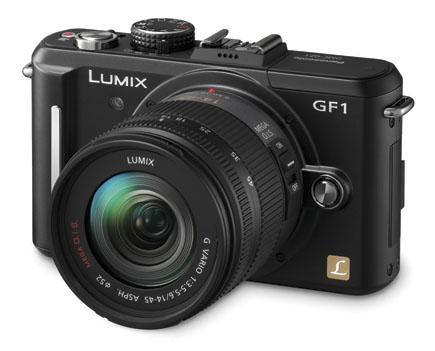Mirrorless Camera Reviews
Sort By: Post Date TitlePublish Date
|
May 03, 2012 |
First Published: Mar 01, 2012
|
Apr 09, 2012 |
First Published: Mar 01, 2012
|
Feb 14, 2012 |
First Published: Jan 01, 2012
|
Jul 15, 2011
|
Dec 01, 2010
|
Oct 01, 2010
|
May 01, 2010
|
Feb 01, 2010
|
Jan 01, 2010
















